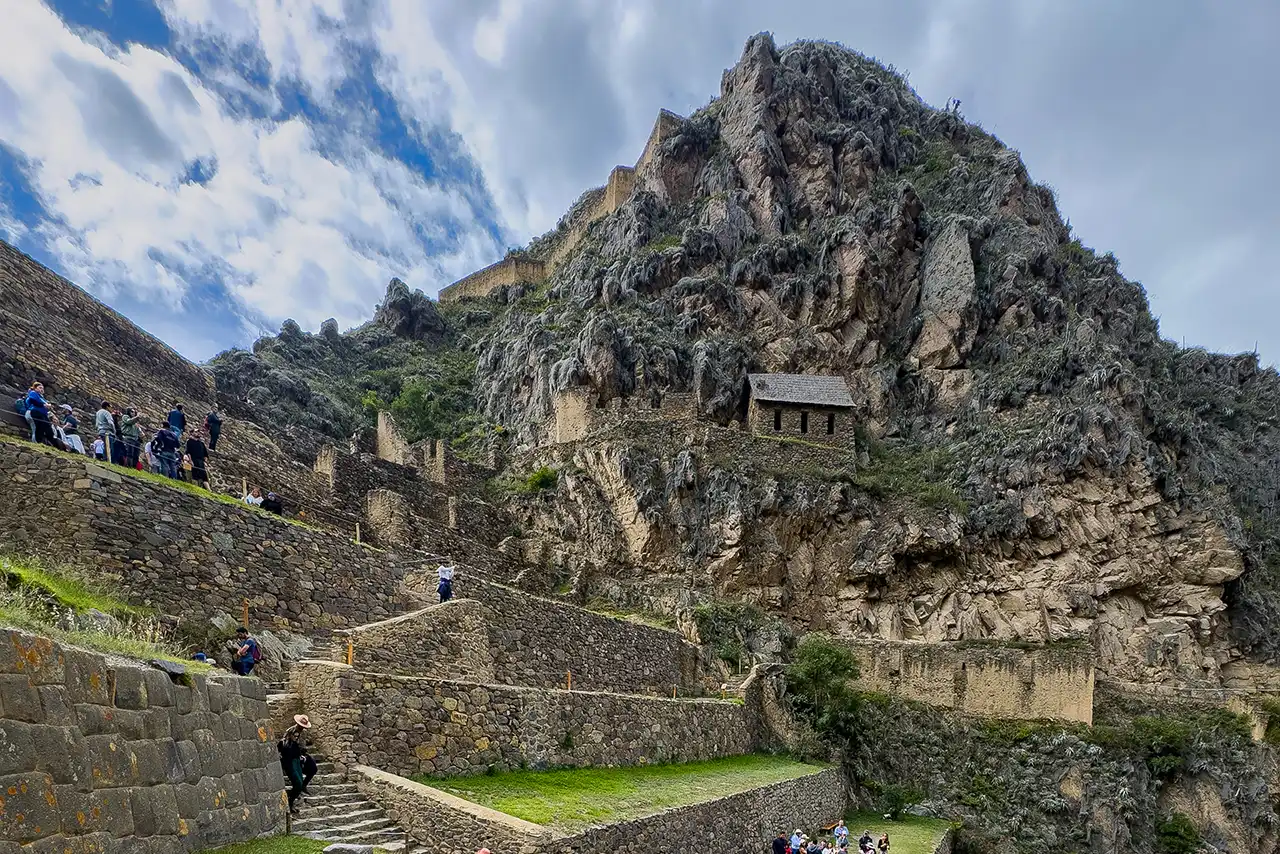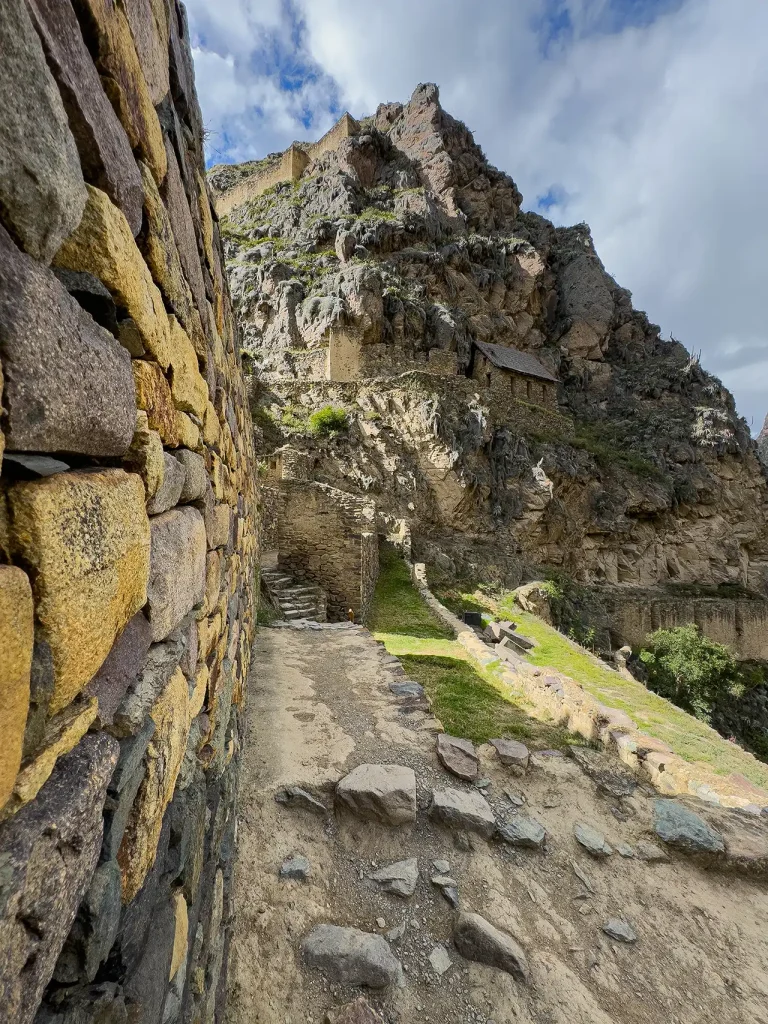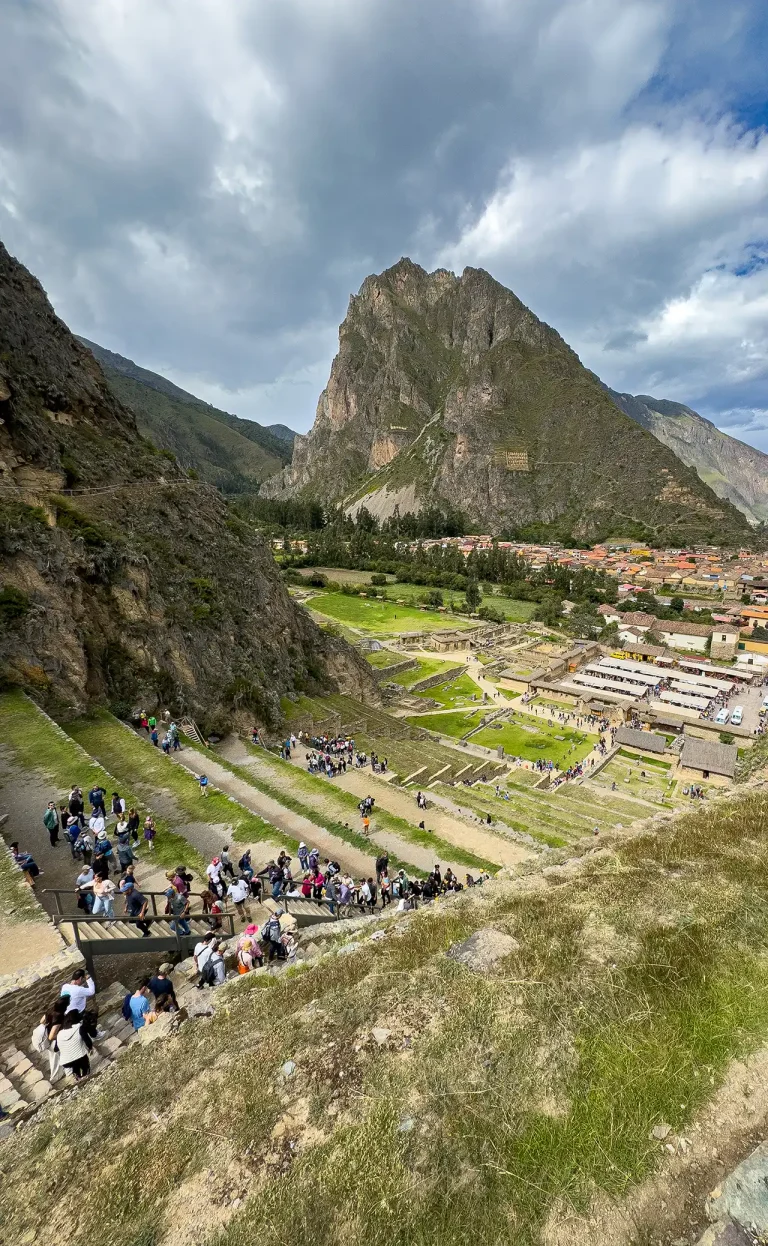Ollantaytambo, often referred to simply as “Ollanta” by the locals, is a fascinating historic town nestled in the Sacred Valley of the Incas in Peru. This site stands out not only for its impressive Inca ruins, which dominate the landscape, but also for its living history, as it remains continuously inhabited since the 13th century. Ollantaytambo serves as both a key cultural site and a practical gateway for tourists heading to Machu Picchu via the train service that runs from its station.
Historical and Cultural Significance
Ollantaytambo is best known for its archaeological site, which features some of the oldest continuously occupied dwellings in South America. The town itself is laid out in roughly the same pattern as it was during the Inca era, making it one of the most authentic surviving Inca towns. The streets preserve their original planning, characterized by narrow cobblestone pathways flanked by water channels that have been continuously flowing since the Inca period.
The Ruins
The ruins at Ollantaytambo are a monumental complex of massive terraces that climb up the hillside, overlooking the town and valley. These terraces were both agricultural and defensive structures and are a testament to the Incan architectural skill and their ability to adapt to the rugged Andean landscape. The most significant structures include:
- Temple Hill: A steep terrace that houses the incomplete Temple of the Sun. This temple features six monolithic granite blocks joined with remarkable precision, believed to have been brought from a quarry 6 km away across the valley.
- The Terraces: Used for agriculture, these terraces are carved into the hillside below the temple, enhancing the fertility of the area and preventing erosion. They also played a strategic role by providing a defensive advantage against any attackers.
- The Fortress: At the top of the terraces, the fortress provided a lookout and defense post against invasions from the tribes of the lower jungles.
Modern Ollantaytambo
Today, Ollantaytambo is more than just an archaeological site; it is a vibrant village where visitors can experience traditional Andean community life. The town has a charming array of cafes, restaurants, and lodges catering to all budgets, making it a comfortable stop for tourists. Its markets are vibrant, offering crafts, textiles, and other local products.
Activities and Accessibility
Tourists can explore the ruins, hike in the surrounding areas, and enjoy the breathtaking landscapes of the Sacred Valley. The town is also a popular starting point for the Inca Trail and other trekking routes. Ollantaytambo is accessible by road from Cusco, which is about a 1.5 to 2-hour drive away. There are also regular train services connecting Ollantaytambo with Machu Picchu, making it an essential stop in the travel itineraries of many visitors to this region.
Overall, Ollantaytambo is a unique blend of breathtaking ancient ruins and a lively, living Andean village. Its rich history, coupled with its natural beauty and strategic importance as a travel hub, makes it a must-visit destination for anyone traveling through Peru’s Sacred Valley.


